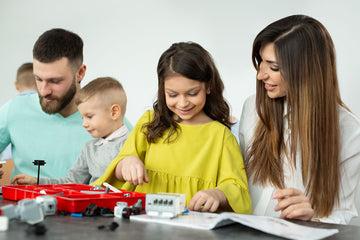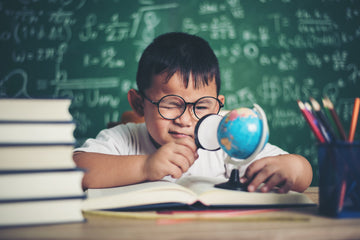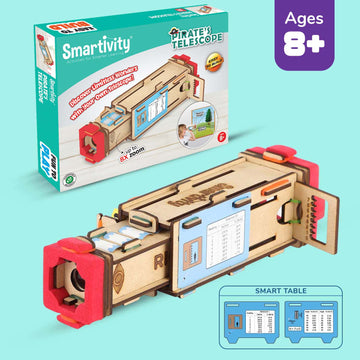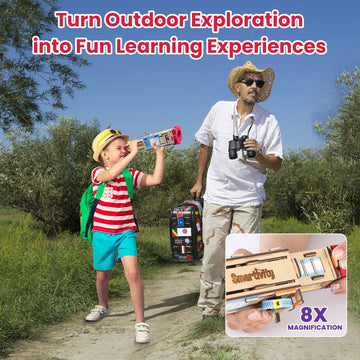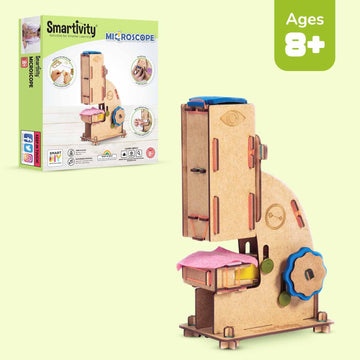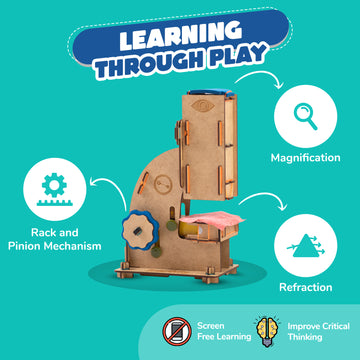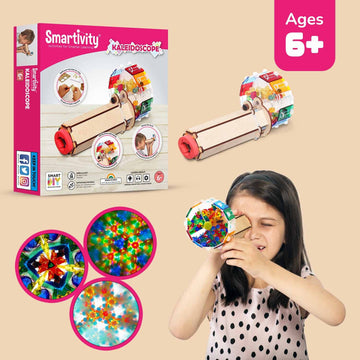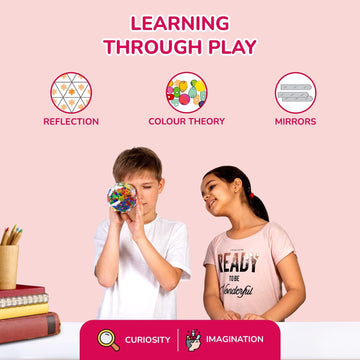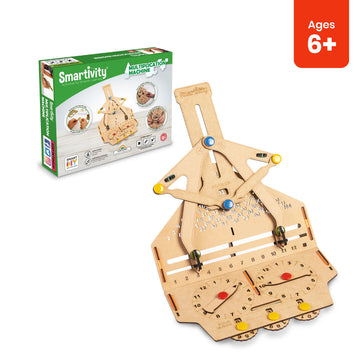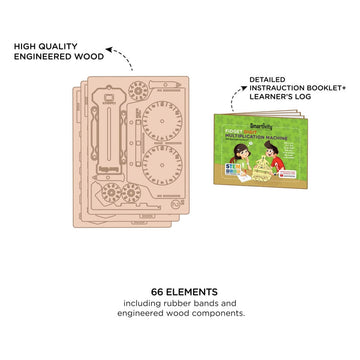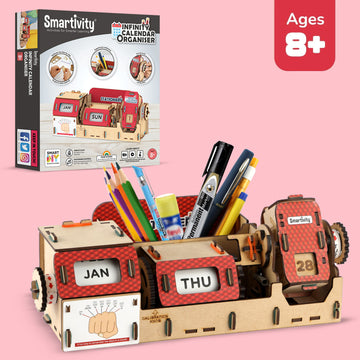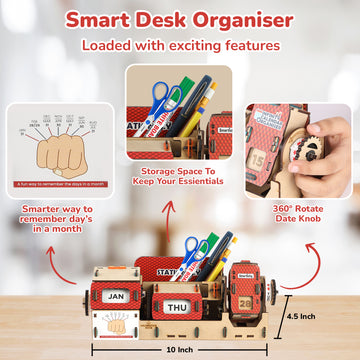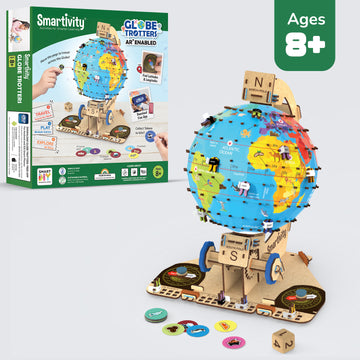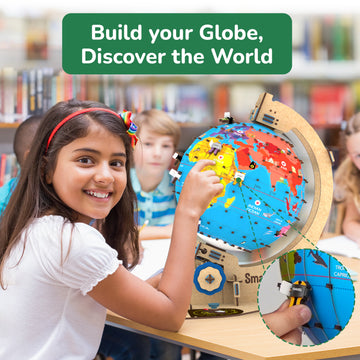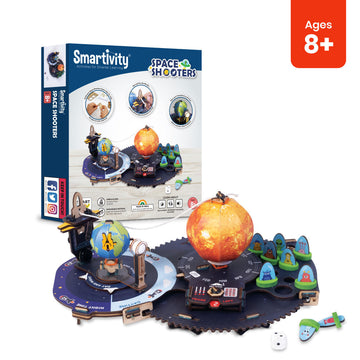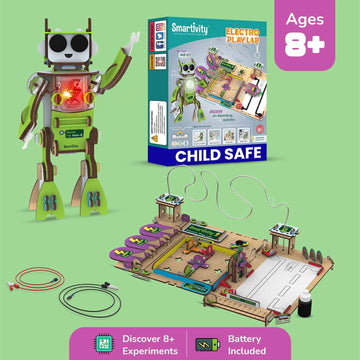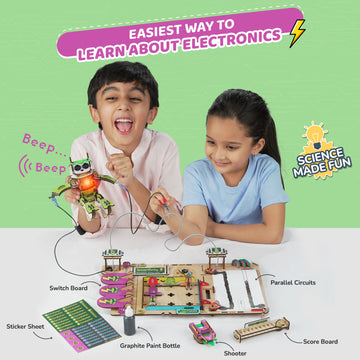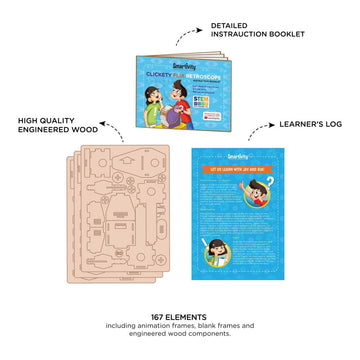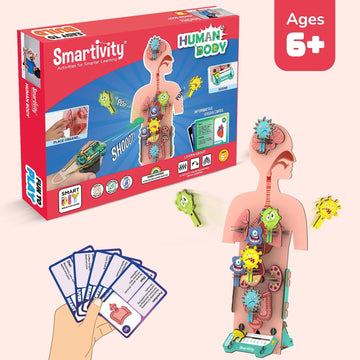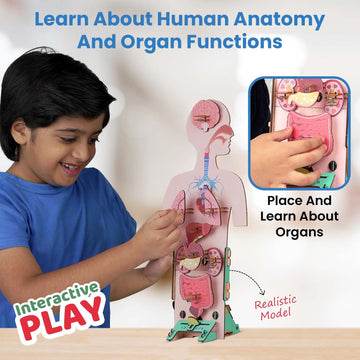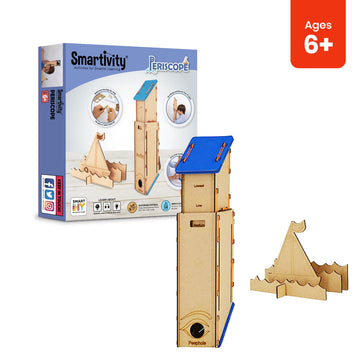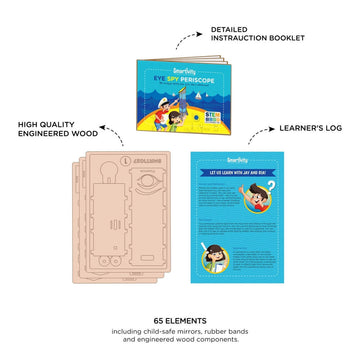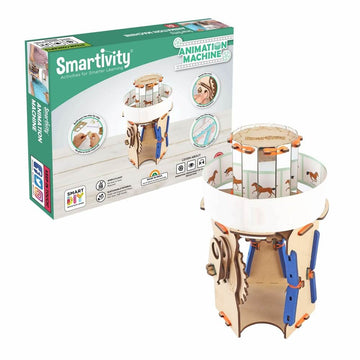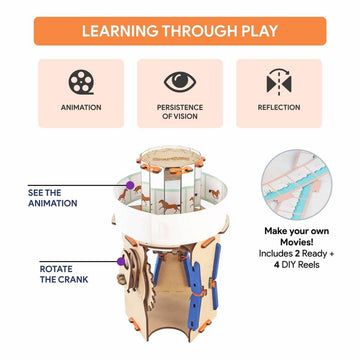Rethinking Education: The Role of Non-Traditional Learning Methods for Children
by Aanya Kapoor on Mon, Apr 22, 24
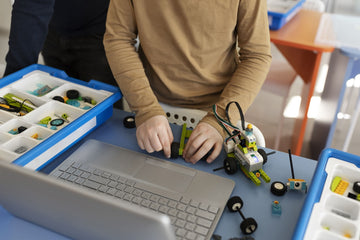
It is a widely known fact that the world has evolved unrecognizably from the times and inception of traditional schools and learning methods. Changing technology and life today require children to learn to solve problems creatively with the use of critical thinking. Here non-traditional methods of learning play a crucial role. Non-traditional learning becomes the foundation for a child to develop and hone these problem-solving skills early on through the guidance of the education system.
Even though traditional education has stood the test of time and continues to drive learning in a specific and controlled environment, it remains largely teacher-centric. There is strict adherence to time and lesson plans but it falls short in driving a real grasp and applicability of the concepts being taught. This is where non-traditional learning methods excel in fostering independent thinking and building the value of concepts in real-world scenarios.
Since traditional teaching methods are more fixed they have little room to adapt to the needs of students. They require the student to keep pace with the lesson instead of supporting their individual needs. Each student learns differently and has unique abilities, one might need more time on a specific topic while another student might have the aptitude to work ahead of the class. Then there is the case of students with precise interests who might want to work more in-depth on certain subjects and skills to work towards a particular specialization. In these scenarios, traditional education remains limited in its offering. Non-traditional learning provides the edge.
Non-Traditional Learning Methods
Having understood the differentiation offered by non-traditional learning methods, let us take a closer look at what they are. Traditional learning keeps the teacher as the central authority who explains concepts to students and requires students to internalize them through repetition. Non-traditional learning methods, on the other hand, use varied techniques to engage students, through which students can experience and understand the concepts first-hand.
The students and how they experience the concept are at the centre of the learning exercise. The focus shifts from styles of teaching to ways of learning. This will become clearer as we look at some of the non-traditional learning methods.
Key Non-traditional Learning Methods
- New Age Toys: If you think toys keep children entertained, think again. New-age toys are a great way for children to learn concepts first-hand. They are a key learning tool across age brackets. From sensory inputs for preschool children to important concepts such as balance, motion, size etc. they make learning informal, engaging and less daunting for students of all ages. With toys, students learn concepts through application. A teacher’s role here is to guide the students to solve problems using their imagination and foster critical thinking to understand the concepts behind the application.
- Digital Classrooms: Digital classrooms leverage technology to make education accessible, self-paced, flexible, engaging and a democratic process. With ample guidance through recorded lectures on each topic, exercises for practice and ease of access, digital classrooms are a non-traditional learning method that overcomes physical and geographical barriers making learning fun and easy. Students can stay on a topic and practice as long as needed to clear their fundamentals or use it to move ahead of the class. Digital classrooms use smart technology to allow students to pursue education outside the classroom even in challenging times.
- Peer Teaching and Collaborative Learning: Peer teaching is a collaborative learning technique where students take on the role of an educator for their classmates and fellow students. Working in pairs or small groups, students elaborate on concepts for their peers, using their own references and language. This helps break down concepts into parts that are easily understood by the students at their own level. Owing to this direct interaction students develop teamwork, empathy and collective spirit - soft skills that are essential for life.
- Socratic Seminars: Very useful for complicated topics requiring in-depth analysis and social perspective, Socratic seminars are student-led discussions facilitated by the teachers. Students respond to open-ended prompts and build on each other’s inputs. This helps them break down multifaceted concepts into a participative exercise. Students develop tolerance for diverse opinions, empathy, critical thinking and the ability to respond to opposing views. This non-traditional learning method also enables students to hone their communication skills and the ability to articulate their thoughts effectively.
- Gamification: Just like games in the digital age, educational concepts are turned into quests with levels, badges, points and roles for students who work in teams to outdo other teams. The objective is of gamification in education is to reach the goal first or reach the finish line with maximum points. Each player must do their part and help their team move forward. With this non-traditional learning method, the students learn to leverage each other’s strengths and build camaraderie and trust, at the same time the tasks or the quests set for them can help them internalise large topics with ease.
- Art Integration: More than a tool for expression, art integration facilitates cross-subject projects for students with varied interests. Students can apply their learnings from any subject and use an art form to creatively project their ideas. Giving an outlet to their imagination, this unconventional learning method helps students explore newer applications of concepts learnt, build in-depth comprehension, increase engagement, and connect with the concepts in their own individualistic ways.
- Outdoor and Experiential Learning: Getting outside of the classroom and learning with all their senses tuned into the immersive sensorial aspects of the topic can help students connect and engage with topics such as science, architecture, and nature in a very real way. Students can actually see, touch and feel things they are working with and the challenges they might face. This non-traditional learning method helps students understand the theory of the concept being taught in a practical real-time, real-world manner.
Advantages of Non-Traditional Learning Methods
Having learnt about some of the non-traditional learning techniques, let us understand how they can be useful.
- More hands-on learning experiences: Being student-centric, non-traditional learning helps students take onus. The main focus is to get students engaged and involved in the learning process. Many of the techniques utilise an experiential approach giving the students a more holistic learning experience. With the stress on the applicability of the concepts being learnt, non-traditional learning methods outweigh the traditional teaching approach.
- A variety of teaching methods: With multiple methods to deal with each topic, educators can also customise their approach to suit the requirements of the students in each class and batch. This large variety gives teachers more tricks in their arsenal leading to higher efficacy. The students benefit not only by being more engaged but also by developing soft skills that remain valuable throughout their lives.
- Flexible scheduling or graduation requirements: Mastery over a given concept is at the core of non-traditional learning techniques. Unlike traditional teaching structures which are time, method and location-bound; non-traditional learning takes place at the pace and competency of the student. With proficiency in the topic, students can move on to the next topic earlier than scheduled or take longer on a topic to improve their grasp of it. They can work with a fixed day schedule or work more fluidly across topics and move forward only when satisfied. Using smart technology such as digital classrooms, students are assured quality education no matter their location or background.
- Focus on a particular area of interest: Non-traditional teaching methods are a great way to build expertise in a particular area of interest for students. Because of their flexibility in time allocation and the wide bouquet of practice methods, students can improve their understanding and grasp of topics very easily.
It wouldn’t be wrong to say that non-traditional learning methods allow space for students to pursue more in-depth information, find alternative methods of application and fuel their imagination around any topic. While traditional teaching has its merits, a good mix that benefits students can be reached by building non-traditional learning methods over the foundation of traditional teaching styles. While one works to build discipline and focus, the other drives engagement and creativity. Together they prepare students to step into the real world, equipping them with the knowledge and the right skills.

Author Bio: Aanya Kapoor, is a content marketer with Extramarks. Along with her team, she develops content relevant to the 21st-century education ecosystems. Her content revolves around topics such as smart learning technology in education, modern parenting, as well as other education topics. Her writing combines her knowledge and personal interests, making her a valuable resource for those seeking insights into education and parenting. Beyond her professional expertise, she's an avid reader, a globe-trotter who explores diverse cultures, and a passionate gardener.



